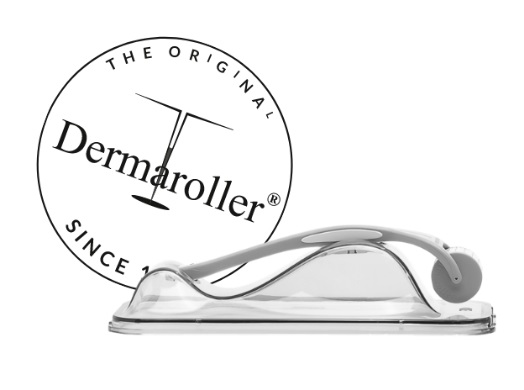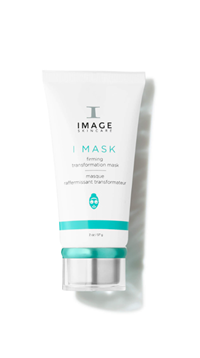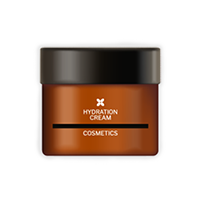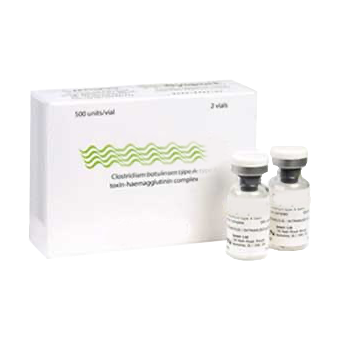 If you’ve scrolled through TikTok lately, chances are you’ve seen the term polynucleotides pop up alongside the slightly eyebrow-raising phrase salmon sperm injections. Once considered a niche tweak, DNA-derived polynucleotide treatments have quickly become one of the buzziest innovations in aesthetics, credited with boosting radiance, restoring hydration, and softening signs of ageing. Now, according to the experts, the scalp could be the next big frontier.
If you’ve scrolled through TikTok lately, chances are you’ve seen the term polynucleotides pop up alongside the slightly eyebrow-raising phrase salmon sperm injections. Once considered a niche tweak, DNA-derived polynucleotide treatments have quickly become one of the buzziest innovations in aesthetics, credited with boosting radiance, restoring hydration, and softening signs of ageing. Now, according to the experts, the scalp could be the next big frontier.“Polynucleotides are biostimulators,” explains Dr Gizem Seymenoglu, Medical Aesthetician and Hair Loss Specialist, Longevita Hair Transplant. “They don’t work by plumping or hydrating directly, but by stimulating the body’s own cells to repair and regenerate tissue. When injected into the scalp, they can help reawaken hair follicles, encourage healthier growth, and speed up the natural hair cycle.”
EV Expert, Nurse Prescriber and Skin Specialist at Facial Aesthetics, Julie Scott, says their appeal lies in their regenerative potential. “Unlike dermal fillers which add instant volume, polynucleotides work with your skin and hair at a cellular level,” she notes. “They encourage your own body to repair and restore.”
How do they compare to PRP?
For anyone familiar with platelet-rich plasma (PRP)—the so-called “vampire facial” for skin, and a common hair loss treatment—polynucleotides are often described as its natural cousin. Both rely on stimulating repair rather than adding filler, but the mechanism differs. PRP uses growth factors from your own blood; polynucleotides are made from purified DNA fragments (often derived from salmon sperm, hence the nickname).“PRP can improve hair shaft thickness as well as follicle activity,” says Seymenoglu. “Polynucleotides focus on regeneration at the cellular level, so while they can kickstart growth, they won’t increase the diameter of each hair in the same way.”
Scott adds: “Some patients are wary of blood-derived treatments or the downtime that can come with PRP. Polynucleotides can be a gentler but still effective alternative.”
Why technique matters
As with many treatments, results depend on technique and the practitioner's skill. “A shallow injection of around 1mm will only rejuvenate the scalp's surface, improving skin quality but not affecting follicles,” Seymenoglu explains. “To stimulate growth, injections need to go deeper, around 3–4mm, to reach the follicle level.”Scott stresses the need for expertise: “The scalp is highly vascular, and precision is everything. You want a practitioner with experience in hair restoration, not just general aesthetics.”
Who will benefit — and who won’t
Polynucleotides appear most effective in the early stages of hair loss—for men and women with mild thinning, increased shedding, or early pattern baldness. They may also help areas like the brows or beard where density is declining. But they can’t do everything.“Once follicles have completely shut down, as in advanced baldness, no stimulation will bring them back,” says Seymenoglu. Scott also flags safety considerations: “Because these are biostimulators, we avoid treating anyone with a history of skin cancer or suspicious lesions. It’s about knowing when the treatment is right, and when it isn’t.”
Need to know
A typical course involves three to four sessions, spaced two to four weeks apart. Each procedure takes around 30 minutes, with minimal downtime—typically characterised by temporary redness, tenderness, or mild bruising. Some patients also report a dull headache, but side effects usually resolve quickly.In the UK, you can expect to pay £300–£500 per session. Like PRP, it’s an investment that requires a course, not a one-off, for meaningful results.
The bigger picture
Hair loss is a complex condition, with causes that range from genetics and hormonal imbalances to stress and inadequate nutrition. Treatments are rarely one-size-fits-all, and experts often recommend combining in-clinic therapies with at-home routines like minoxidil, prescription medications (for men), or strengthening regimens.“What polynucleotides give us is another tool in the regenerative toolkit,” says Scott. “They won’t replace established options, but they do give patients more choice, especially those looking for bio-based treatments over pharmaceuticals.”
Like PRP before it, polynucleotides have shifted fast from experimental to in-demand, fuelled by social media and clinic menus racing to keep up. For patients, that buzz brings both excitement and caution. They’re promising, but not a miracle cure.
Polynucleotide injections won’t reverse years of hair loss, but for those in the early stages of thinning, they could provide a subtle but meaningful boost. They sit neatly within the new wave of regenerative aesthetics, harnessing the body’s own repair mechanisms instead of synthetic fillers.
“The results we’re seeing are encouraging, but they’re not a magic wand,” says Scott. “They work best as part of a bigger plan—and with the right patient, that plan can be genuinely transformative.”
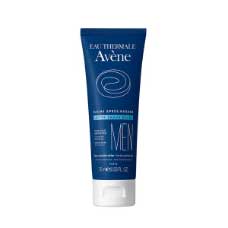
 Added to basket
Added to basket

 Unapplied Changes
Unapplied Changes


